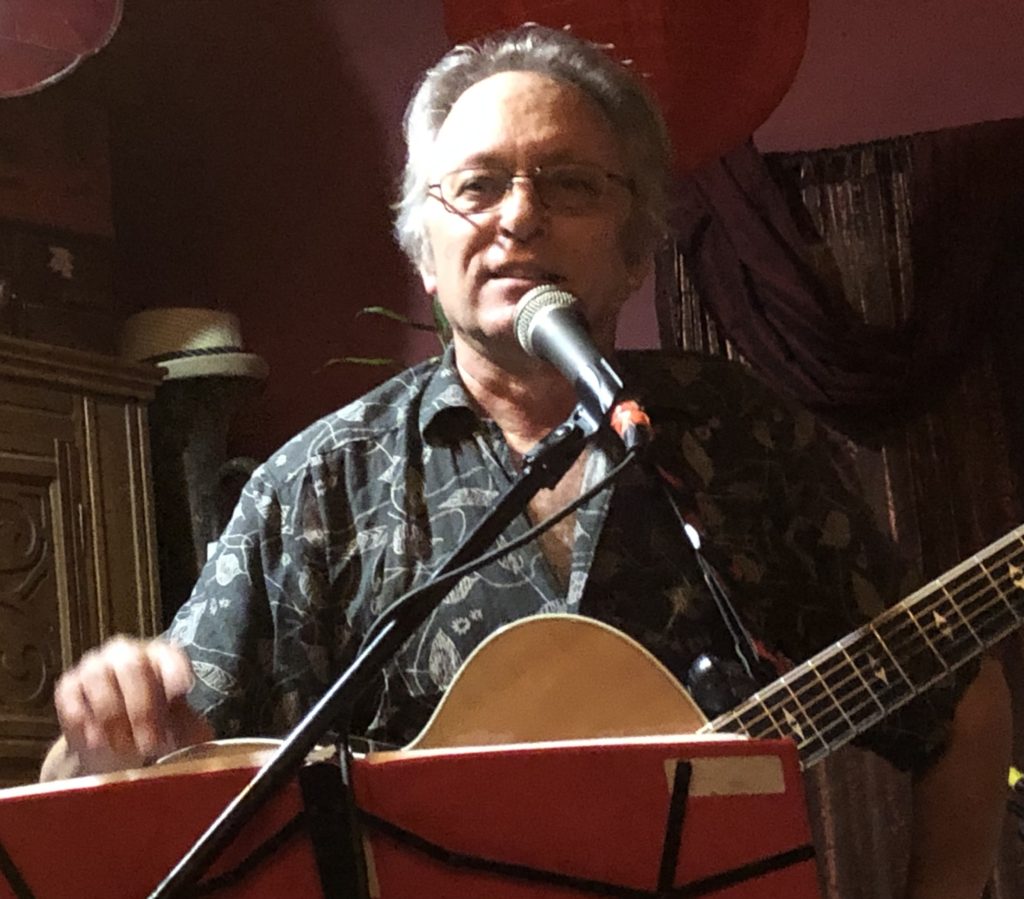This book’s been a long time in the factory, and it shows: some of my references that were once timely, if not quite hip, are now old and moldy. But then, they’re history, so they’re saved here, for better and worse.

I started the project in 1993, searched out a lot of people and sources, and here we are. I’ve decided to publish it here, on line, with mixed media inserted, so as to make it easier to comprehend what the hell I might even be talking about. Speaking of comprehending, whenever musical jargon pops up, I try to explain it. But not everything here can be understood by everyone, including me. Some people will understand it better than I wrote it. So be it. If your eyes glaze, move on, or ask someone for a better explanation, and then send it to me.
A NOTE ABOUT NOTES
There are two types of notes here: footnotes and endnotes. The footnotes have been set right after the paragraph where the reference occurs. That makes them elbow notes, I guess. The endnotes appear at the end – of each chapter. The first set is substantive, or at least (allegedly) informative. The second set records the sources, for the scholars among us.
A NOTE ABOUT BLACK AND WHITE
In most cases I capitalize both Black and White, out of respect for all cultures and peoples and because that is now the accepted practice, except for AP Style, which will catch up.
In quotations, I have left in place the lower-case when it occurs, just as I have left in the n-words, along with photos and videos of blackface: it seems important to look our history in the eye.
A NOTE ABOUT VIDEOS
When you click on a video to play it, a banner ad is likely to pop up. Pop it smack in the “x” to close it. Unless you need to be told what you need to buy.
A NOTE ABOUT YOU
If you find something wrong or questionable herein, or just want to converse about it, feel free to contact me at david3 at lippnet dot us . I’m able to make changes as long as the tome sits here, so fire away.
Thanks so very much to: Jerry Parsons at the Library of Congress for interest and helpful direction, Judith Gold for research assistance; Peter Sokolow for a virtuosic interview about Broadway and jazz; Peter Lippman for enthusiastic and combative editing; Dom Flemons for cowboy lessons, Robert Cantrell and Eric Lott for guidance on minstrelsy, and Glenn Hinson for steering me to the importance of Gospel music. And for essential feedback: Richard Wolinsky, Cecilia Conway, George Lipsitz, Robin D.G. Kelley, Archie Green, David Roediger, Ted Vincent, Eric Lott, and Ken Bilby. And for invaluable digi-tech facilitation, Margarete Koenen.
